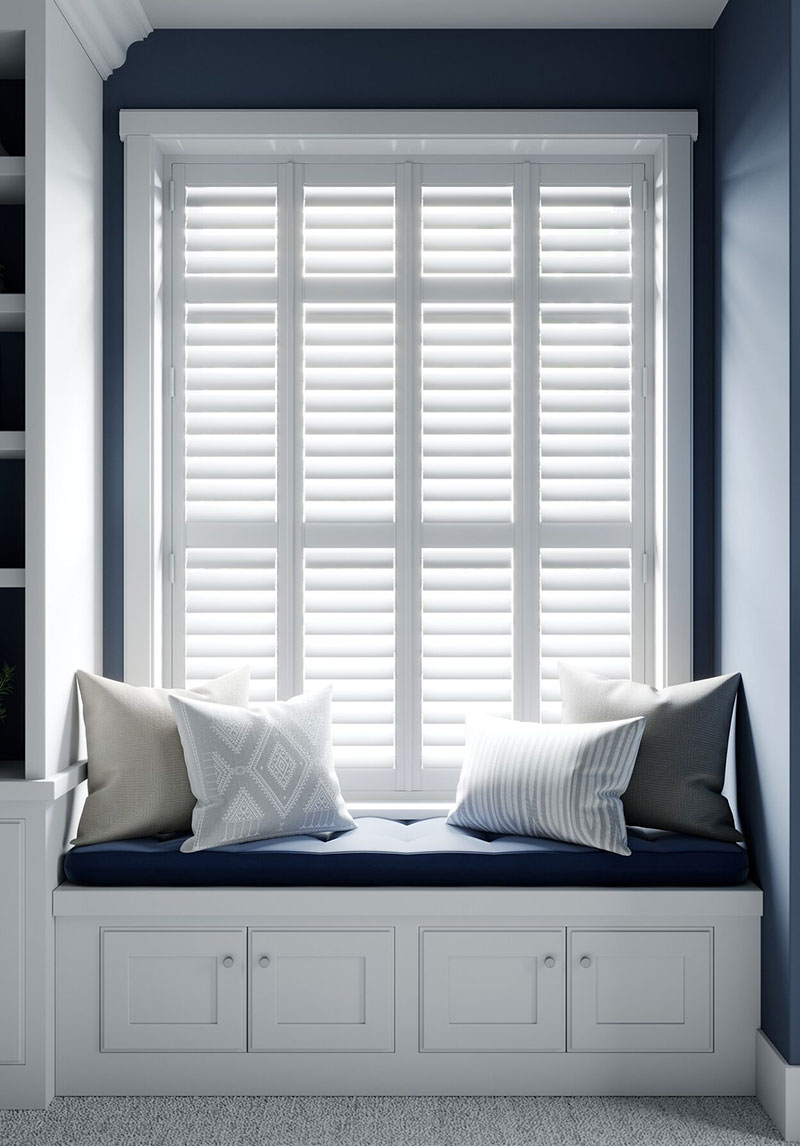Beautiful Made to Measure Blinds in Burnley
Free Quote
Roller Blinds
Venetian
Canvas
Aluminium
Bespoke

Pendle Blinds
Customer reviews
“Very impressed with this company. Less than a month between them coming out and measuring to fitting our custom made blackout blinds. Would definitely recommend to anyone, brilliant!”
“We are delighted with our new vertical
blinds, Pendle Blinds gave us the best
service from start to finish. They
suggested colours we hadn’t thought of
that work so well throughout our
home.
Thanks so much! We will definitely
recommend Pendle Blinds to our friends and
colleagues.“
“Thermal blinds! I didn’t know they existed until the amazing people at Pendle Blinds recommended them when looking to replace the blinds in my office building. Solid service from first contact to final review after installation. So happy and with thermal blinds its reduced our heating costs too. Highly recommend Pendle Blinds.“
“I recently moved into a property and used this company for blinds throughout, brilliant service and plenty to choose from also price very reasonable“
“Five star service. Thank you for being exceptionally professional from the initial enquiry right through to the fitting. A special thank you to Nigel for all his advice and Gareth for his excellent skills fitting the blinds around the chaos of xmas decorations.“
“Great service from start to finish, friendly and efficient and lovely choice of blinds! Work completed very professionally! Will definitely recommend and use again in our new home!….“
“We are so happy to have found someone who can do an excellent job. The work was completed on time and the price fit into our budget perfectly.”
“We are so pleased with our new venetian blinds! Pendle Blinds provided an excellent service from start to finish. Plus, our blinds arrived earlier than planned, which was a real bonus. It certainly makes a difference using a small, UK-based family run business. Gareth, who measured and fit our blinds, made excellent suggestions regarding the colour, size, etc., and we are so glad we took his advice. Thanks so much! We will definitely recommend Pendle Blinds to our friends and neighbours.”
“Pendle Blinds are a local business that provide great service and value for money. They had prompt, polite staff who were very helpful with our questions throughout the process of installation.”
“Very impressed with this company. Less than a month between them coming out and measuring to fitting our custom made blackout blinds. Would definitely recommend to anyone, brilliant!”
“We are delighted with our new vertical
blinds, Pendle Blinds gave us the best
service from start to finish. They
suggested colours we hadn’t thought of
that work so well throughout our
home.
Thanks so much! We will definitely
recommend Pendle Blinds to our friends and
colleagues.“
“Thermal blinds! I didn’t know they existed until the amazing people at Pendle Blinds recommended them when looking to replace the blinds in my office building. Solid service from first contact to final review after installation. So happy and with thermal blinds its reduced our heating costs too. Highly recommend Pendle Blinds.“
“I recently moved into a property and used this company for blinds throughout, brilliant service and plenty to choose from also price very reasonable“
“Five star service. Thank you for being exceptionally professional from the initial enquiry right through to the fitting. A special thank you to Nigel for all his advice and Gareth for his excellent skills fitting the blinds around the chaos of xmas decorations.“
“Great service from start to finish, friendly and efficient and lovely choice of blinds?? Work completed very professionally! Will definitely recommend and use again in our new home!….“
“We are so happy to have found someone who can do an excellent job. The work was completed on time and the price fit into our budget perfectly.”
“We are so pleased with our new venetian blinds! Pendle Blinds provided an excellent service from start to finish. Plus, our blinds arrived earlier than planned, which was a real bonus. It certainly makes a difference using a small, UK-based family run business. Gareth, who measured and fit our blinds, made excellent suggestions regarding the colour, size, etc., and we are so glad we took his advice. Thanks so much! We will definitely recommend Pendle Blinds to our friends and neighbours.”
“Pendle Blinds are a local business that provide great service and value for money. They had prompt, polite staff who were very helpful with our questions throughout the process of installation.”
